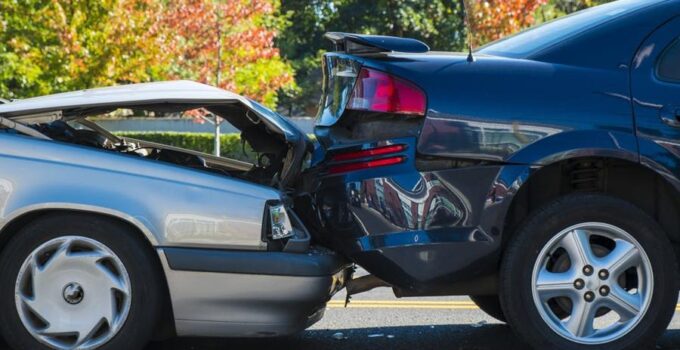Rear-end collisions are one of the most common types of accidents on the road today. These types of accidents can cause serious injuries and property damage, and they can be costly for both the driver who caused the accident and the victim. In this article, we will explore some of the most common causes of rear-end collisions and what drivers can do to avoid them.
1. Distracted Driving
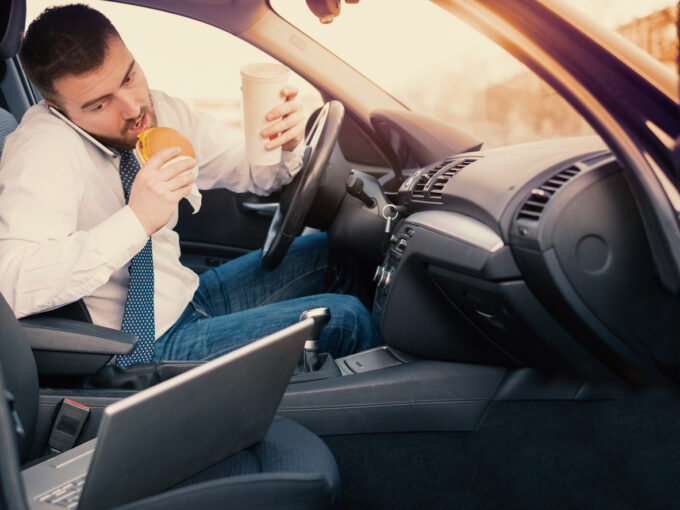
Source: kreizerlaw.com
Distracted driving is one of the most significant contributing factors that lead to rear-end collisions. Texting, using a smartphone, eating, or adjusting the radio are all examples of behaviors that can be considered forms of distracted driving. When a driver’s attention is taken away from the road for any reason, this behavior is referred to as distracted driving.
Distracted driving is a serious problem on the roads today. To prevent distracted driving, drivers should put away their phones and other distractions while driving and focus on the road. If a driver needs to use their phone, they should pull over to a safe location first. Drivers should also avoid eating or drinking while driving, and they should refrain from adjusting the radio or other entertainment systems while on the road.
2. Following Too Closely
Following too closely, also known as tailgating, is another common cause of rear-end collisions. When a driver follows the vehicle in front of them too closely, this happens. It makes it difficult for the driver to come to a halt in time if the car in front of them suddenly stops or slows down. This can result in a rear-end collision.
To avoid following too closely, drivers should maintain a safe following distance. The NHTSA recommends that drivers keep at least one car length of distance for every 10 mph they’re traveling. For example, if a driver is traveling at 60 mph, they should keep at least six car lengths of distance between themselves and the car in front of them. Drivers should also be aware of the road conditions and adjust their following distance accordingly. In poor weather conditions or on slick roads, drivers should increase their following distance to allow for more stopping time.
3. Speeding
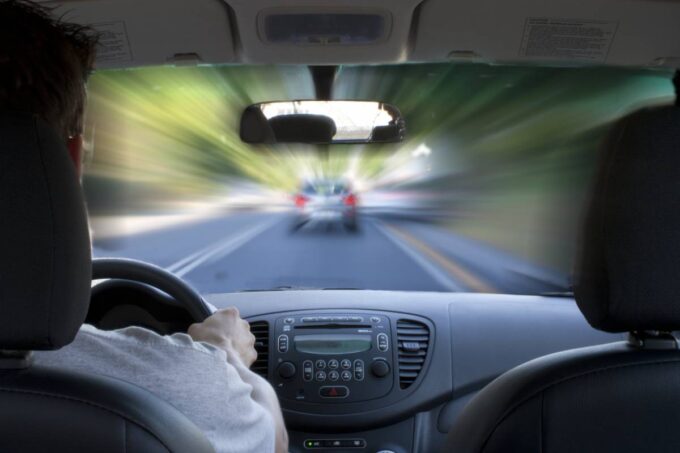
Source: nrso.ntua.gr
Speeding is another common cause of rear-end collisions. Additionally, the force of the impact is greater when a car is traveling at a higher speed, which can increase the likelihood of injuries and property damage.
To prevent speeding, drivers should obey posted speed limits and adjust their speed based on weather and road conditions. If a driver is running late, they should give themselves extra time to reach their destination rather than trying to make up time by speeding. Drivers should also be aware of their driving habits and adjust their speed accordingly. If a driver tends to drive too fast, they should make a conscious effort to slow down and maintain a safe speed.
4. Sudden Stops
Sometimes, rear-end collisions are caused by a sudden stop by the car in front of them. This can happen when a driver misses a turn, sees an animal on the road, or encounters other unexpected hazards. When a car suddenly stops, the driver behind them may not have enough time to react, resulting in a rear-end collision.
To avoid sudden stops, drivers should pay attention to the road ahead and anticipate potential hazards. If a driver needs to make a sudden stop, they should use their turn signal to give the driver behind them notice. This can help the driver behind them prepare for the sudden stop and avoid a rear end.
5. Fatigue Or Drowsiness
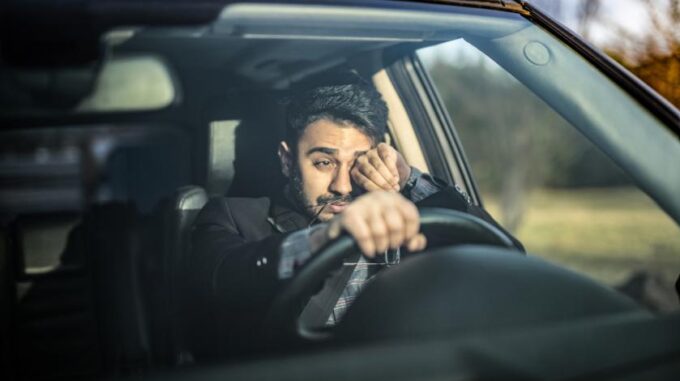
Source: southshorehealth.org
Fatigue or drowsiness can also lead to rear-end collisions. When a driver is tired, they may have slower reaction times and less awareness of their surroundings, making it more difficult to avoid a collision. Drowsy driving can be just as dangerous as drunk driving, and drivers should never operate a vehicle if they feel tired or sleepy. To prevent drowsy driving, drivers should make sure to get enough sleep before driving, take breaks every two hours or so during long drives, and avoid driving during hours when they would normally be sleeping.
6. Driving Under The Influence
Driving under the influence of drugs or alcohol is another common cause of rear-end collisions. Impaired drivers may have slower reaction times, impaired judgment, and reduced awareness, all of which can lead to rear end accidents. More about this you can find at sutliffstout.com. To prevent driving under the influence, drivers should never drink or use drugs before driving. If a driver has been drinking or using drugs, they should find a designated driver, use public transportation, or call a rideshare service to get home safely.
7. Tailgating
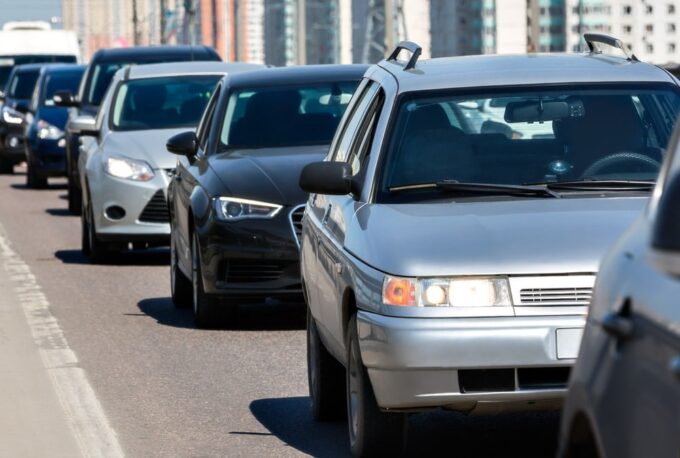
Source: cordiscosaile.com
Tailgating, or driving too closely behind another vehicle, can increase the risk of a rear-end collision. If the car in front of the tailgater suddenly brakes, the driver may not have enough time to stop which can cause a collision. To avoid tailgating, drivers should maintain a safe following distance, which can help prevent a collision. In addition, drivers should always be aware of the traffic around them and avoid aggressive driving behaviors, such as speeding or weaving through traffic.
8. Faulty Equipment
Finally, faulty equipment can also contribute to rear-end collisions. If a car’s brakes, tires, or other critical components are not working properly, the driver may not be able to stop in time to avoid a collision. Drivers should always make sure that their vehicle is well-maintained and in good working order before hitting the road.
In conclusion, rear-end collisions can be caused by a variety of factors, some of which are within the driver’s control and others that are not. By following these tips, drivers can help keep themselves and others safe on the road. It is also important for drivers to recognize the risks associated with rear-end collisions and take steps to minimize their impact, such as by wearing seat belts and seeking medical attention if necessary.

